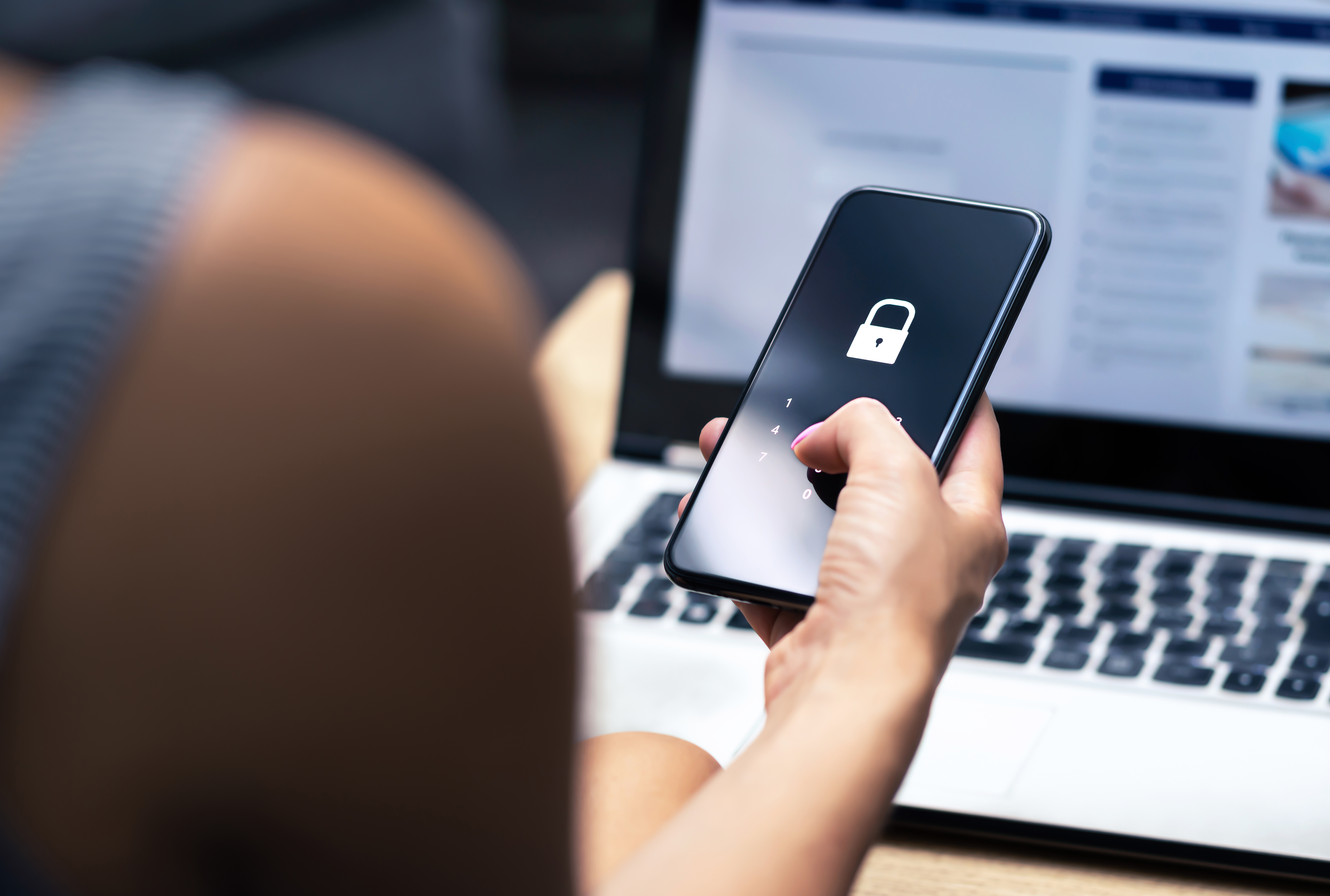3 min read
Secure Jobs Near Me: Cybersecurity Opportunities
Cybersecurity Jobs Near Me: Safeguarding the Digital WorldIn today's interconnected world, where almost every aspect of our lives is digitized, the...
2 min read
 The Amazing Team at Force One
:
Jun 5, 2024 11:00:00 AM
The Amazing Team at Force One
:
Jun 5, 2024 11:00:00 AM
A Comprehensive Analysis of Cybersecurity Attacks: History, Importance, Current Trends, Challenges, Solutions, and Future Prospects
Introduction:
In an era where digitalization is the new norm, cyber-attacks have become a significant concern for individuals, businesses, and governments worldwide. Cybersecurity attacks pose a threat to sensitive data, privacy, and economic stability like never before. This article aims to provide a comprehensive understanding of cybersecurity attacks, encompassing its definition, historical context, importance, current trends, challenges, solutions, and future prospects.
Definition and Historical Context:
Cybersecurity attacks refer to malicious activities that exploit vulnerabilities in digital systems, networks, and devices, with the primary intent of unauthorized access, data theft, disruption, or destruction. The concept of cyber-attacks has evolved over time, with earlier incidents primarily involving hacker mischief or activism. However, as technology advanced, cybercriminals became more organized and sophisticated, leading to an increase in cyber-attacks targeting individuals, businesses, and governments.
Importance of Cybersecurity:
With the exponential growth of digital technologies and online activities, the importance of cybersecurity has never been more critical. Cybersecurity breaches not only compromise sensitive data and personal information but also have severe financial and reputational consequences. The impact of high-profile attacks, such as the WannaCry ransomware in 2017 or the Equifax data breach in 2017, highlights the significance of employing robust cybersecurity measures to safeguard against such threats.
Current Trends:
Several current trends dominate the cybersecurity landscape. One such trend is the rapid rise of ransomware attacks, where cybercriminals encrypt victims' data and demand payment for its release. Additionally, phishing attacks are prevalent, wherein attackers masquerade as trustworthy entities to obtain sensitive information. Furthermore, as the Internet of Things (IoT) expands, more devices become prone to cyber-attacks, resulting in an increased attack surface for hackers.
Challenges in Cybersecurity:
In the realm of cybersecurity, numerous challenges persist. One key challenge is the shortage of skilled cybersecurity professionals, leaving organizations vulnerable to attacks. Moreover, hackers continuously adapt their techniques to exploit emerging technologies, making it difficult to develop foolproof defense systems. Furthermore, the interconnectedness of digital systems poses a challenge, as a single weak link can compromise an entire network's security.
Solutions and Countermeasures:
To combat cybersecurity attacks effectively, a multi-layered defense approach is necessary. Encryption plays a crucial role in safeguarding communication channels and data stored on devices. Implementing strong access controls, including unique usernames, passwords, and two-factor authentication, adds an extra layer of security. Regular security audits and updates help identify vulnerabilities and apply patches promptly. Furthermore, employee training programs on cybersecurity awareness assist in mitigating common risks associated with human error.
Future Prospects:
Considering the rapid pace of technological advancements, the future of cybersecurity also brings its own set of challenges and prospects. Artificial intelligence (AI) and machine learning (ML) are expected to play pivotal roles in cybersecurity, aiding in the identification and mitigation of emerging threats. However, AI itself can also be exploited by attackers to automate their malicious activities. Additionally, as more devices become internet-connected, the need for robust security measures will increase, focusing on protecting the expanding IoT network.
Conclusion:
Cybersecurity attacks continue to evolve and pose a significant threat to individuals, businesses, and governments. Understanding the definition, history, importance, current trends, challenges, solutions, and future prospects of cybersecurity attacks is key to staying ahead of the ever-changing threat landscape. By actively implementing robust security measures, including encryption, access controls, and employee awareness programs, individuals and organizations can strive towards a cyber-safe future.

3 min read
Cybersecurity Jobs Near Me: Safeguarding the Digital WorldIn today's interconnected world, where almost every aspect of our lives is digitized, the...

3 min read
In an era where digital threats loom larger than ever, the need for comprehensive cybersecurity solutions has never been more critical. ForceOne...

5 min read
Cybersecurity for Kids : Keep them safe online In today's digital world, children are exposed to the internet from a young age. While the internet...